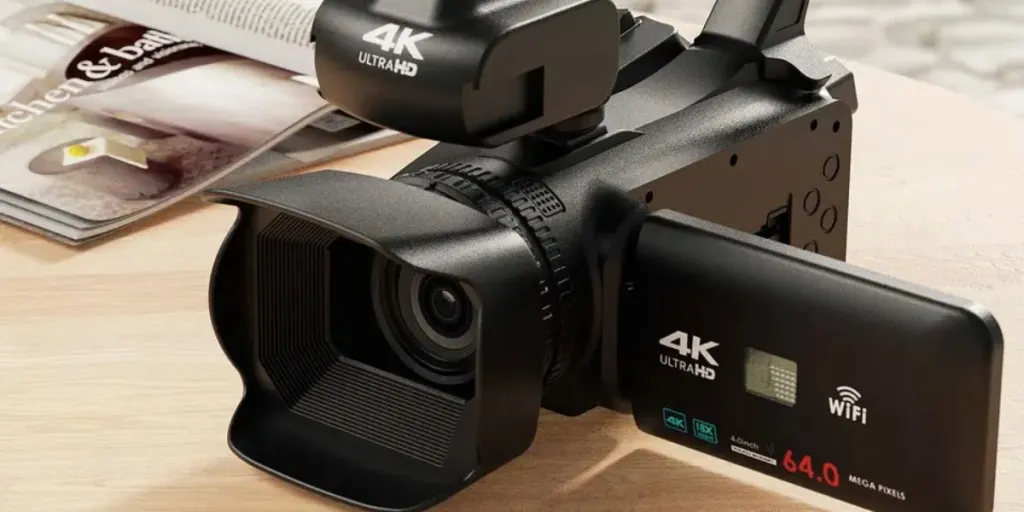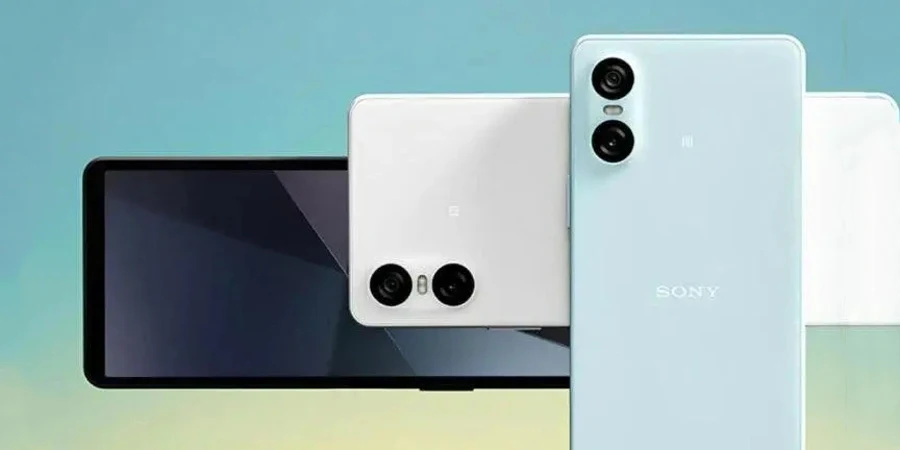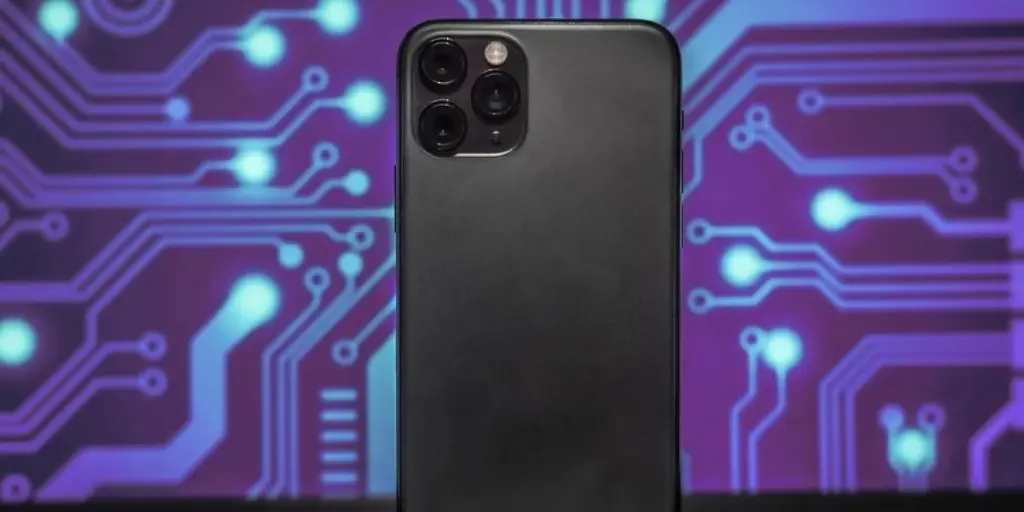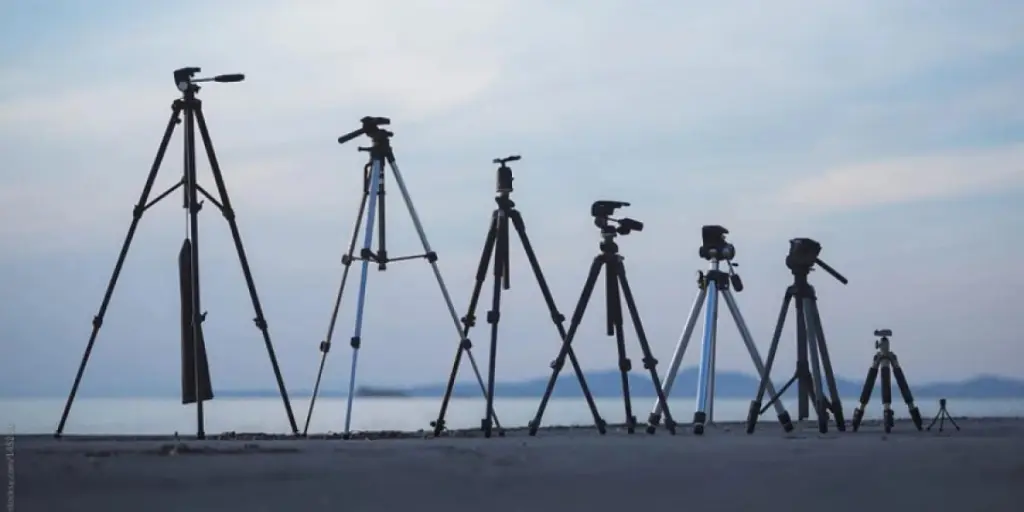4K video cameras have radically redefined visual storytelling. Their capacity to capture and record footage in ultra-high definition, with stunningly vivid color and crisp fluid motion, has not only infused fresh life into cinematic narratives but has also reshaped the recording of personal memories.
4K video cameras do more than just record videos; they frame a moment from any angle while capturing every detail of the scene in rich, vivid detail. But with a variety of options in the market, how do business buyers select the perfect 4K video camera for their needs? Which features should they prioritize, and what are the different types of 4K cameras available?
This in-depth guide will help answer these questions by providing the complete picture of the global 4K video camera market, shedding light on 4K technology and its functionality. We’ll also explore the various types of 4K video cameras available and spotlight key features to bear in mind when looking which to source.
Table of Contents
How the 4K video camera market evolving
Full HD camera vs. 4K camera: What’s the difference?
The key features to look for in a 4K video camera
The different types of 4K video cameras
Conclusion
How the 4K video camera market evolving

As the demand for improved clarity and higher pixel counts continues to rise, 4K video cameras are experiencing significant growth in the global market. Valued at US $21.07 billion in 2022, the 4K video camera market size is expected to reach an impressive US $40.05 billion by 2028, growing at a CAGR of 11.3%.
This expansion is driven by the desire for high-quality video across various industries and applications. The need for top-notch video quality by everyone from users of streaming platforms to broadcasting companies, particularly in relation to the rising popularity of sports, TV shows, and reality shows, is a crucial driver.
In addition to media and entertainment, the employment of 4K digital cameras in government sectors and public places, notably for surveillance, defense, and aerospace applications, is also growing. These uses aim to achieve clearer geographical views, providing a more precise and detailed look at world events and locations.
Full HD camera vs. 4K camera: What’s the difference?
A 4K camera, otherwise known as Ultra HD, captures images at a resolution of 3,840 pixels wide by 2,160 pixels tall. The term “4K” relates to the horizontal resolution, which is essentially four times the standard high-definition (HD) resolution. Consequently, this high resolution delivers images with remarkably sharp detail and superior clarity.
On the other hand, Full HD, also known as 1080p, captures images at a resolution of 1,920 pixels wide by 1,080 pixels tall. The “p” in 1080p stands for ‘progressive scan,’ which is a method of displaying, storing, and transmitting moving images where all the lines of each frame are drawn in sequence.
The key features to look for in a 4K video camera
When shooting in 4K, users will want to make sure they are capturing every detail of their subject. To do this, it is important to have a 4K video camera that has the right features. This includes high resolution, fast framing, and good low-light performance.
Now that we know what 4K is all about, let’s take a look at seven key features to consider when selecting a 4K video camera.
Image sensor

The image sensor is the camera’s eye, capturing the light and color details needed to produce the final image or video. A larger image sensor can amass more light, which in turn translates to more detailed and vibrant video capture. When looking for a high-quality 4K camera, businesses should consider one with at least an APS-C-sized sensor (1.6x crop factor), for superior imaging.
Frame rate
In videography, frame rate refers to the number of individual images that a camera records per second. A professional 4K camcorder should provide a minimum of 30 frames per second (fps) for a cinematic look, going above that, up to 120 fps, allows for ultra-smooth motion capture.
Lens compatibility
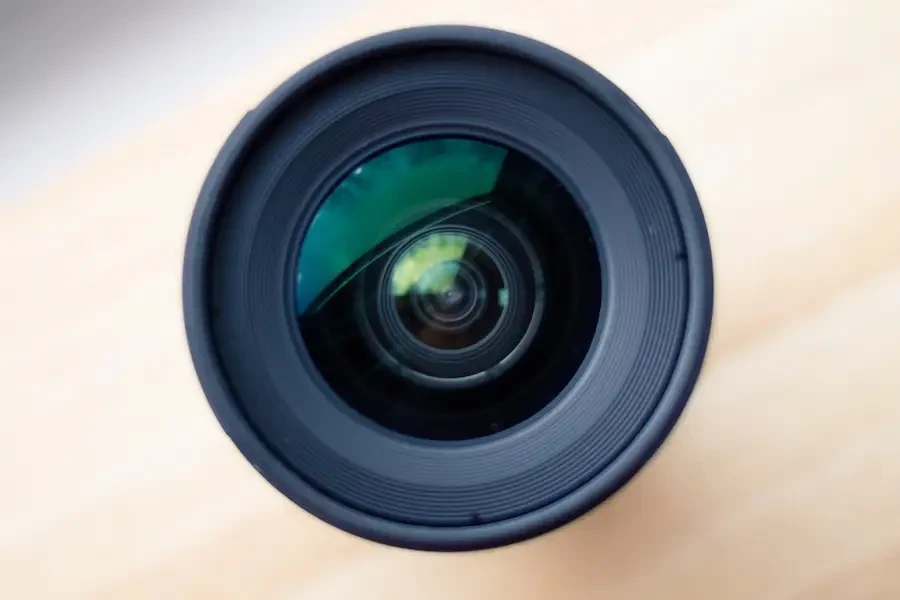
The camera’s lens is a critical component that affects not only zoom and focus capabilities but also the quality and clarity of the captured image. It’s advisable to opt for a full-frame 4K camera compatible with interchangeable lenses, allowing for the flexibility to switch between prime lenses (fixed-focal length) and zoom lenses depending on the shooting needs.
Image stabilization system
A professional image stabilization system is designed to reduce image blur caused by camera shake or movement. The ideal 4K video action camera should have a high-grade image stabilization system that is able to compensate for movement up to five stops of shutter speed – if not more – enabling photographers to use a slower shutter speed without the risk of blurred images due to camera shake.
Audio quality
The built-in microphone of a professional 4K camcorder should be capable of encoding high-quality audio that doesn’t degrade or become garbled. A camera setup that supports an external microphone can further boost audio quality. Cardioid or omnidirectional microphones are excellent for capturing ambient sounds, particularly in quiet scenes like those seen in nature documentaries.
Battery life
A 4K video camera with a robust battery life is essential for continuous shooting. Preferably, businesses should look for one compatible with in-camera USB charging. As an added advantage, consider features that support fast charging or rely on external power banks, as well as feature power-saving modes, like auto-off display.
Storage capacity

Storage capacity is another crucial factor since 4K videos consume more space compared to lower-resolution videos like 1080p or 720p. Most mini 4K digital cameras accommodate SD, SDHC, or SDXC cards, which can house up to 2TB of data or more. Some portable 4K camcorders even have multiple card slots for simultaneous or sequential recording. A good rule of thumb would be to reserve at least 45GB of storage space for each hour of 4K video footage.
The different types of 4K video cameras
With 4K video cameras, filmmakers can capture beautiful, detailed images that will leave their audience in awe. But with so many different types of 4K cameras available, it can be hard to know which one is the right option. To help business buyers decide, here we detail the different types of 4K video cameras:
Video production camcorders
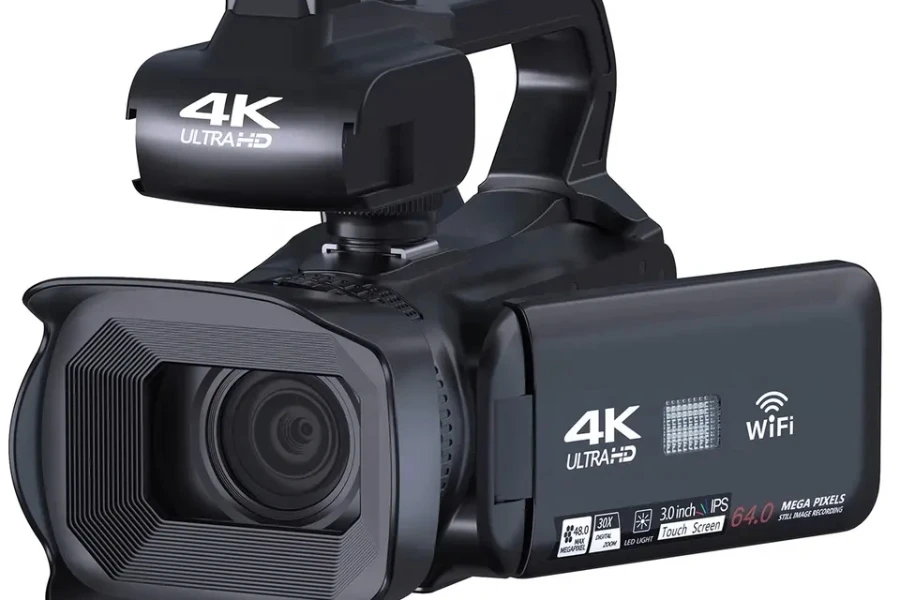
4K camcorders for video production have revolutionized the filmmaking industry by delivering incredibly crisp images with lifelike detail. Ideal for shooting complex scenes that require a wealth of depth and contrast, the 3,840 x 2,160 resolution offered by these video cameras is perfect for landscapes, sunsets, and close-ups of people’s faces.
One of the biggest advantages of these digital cameras is their high-sensitivity sensors. For instance, the 30x 4K digital camcorder boasts a 13MP sensor that helps to reduce stray light, minimize crosstalk, and greatly improve overall picture quality. Coupled with an X30 smart zoom, users can easily frame their shots with precision.
Furthermore, the intuitive, built-in 3.5-inch IPS touchscreen makes it easy for filmmakers to navigate menus and control their recordings conveniently. 4K video production camcorders are also ideal for content creators who stream and vlog on platforms like YouTube.
The 64MP digital camcorder, for instance, comes with an autofocus function that ensures sharp and clear images, even in changing light conditions. With a 270-degree rotatable 4-inch touch screen and a three-hour battery life, content creators can record while charging, ensuring uninterrupted streaming and vlogging.
DSLR cameras
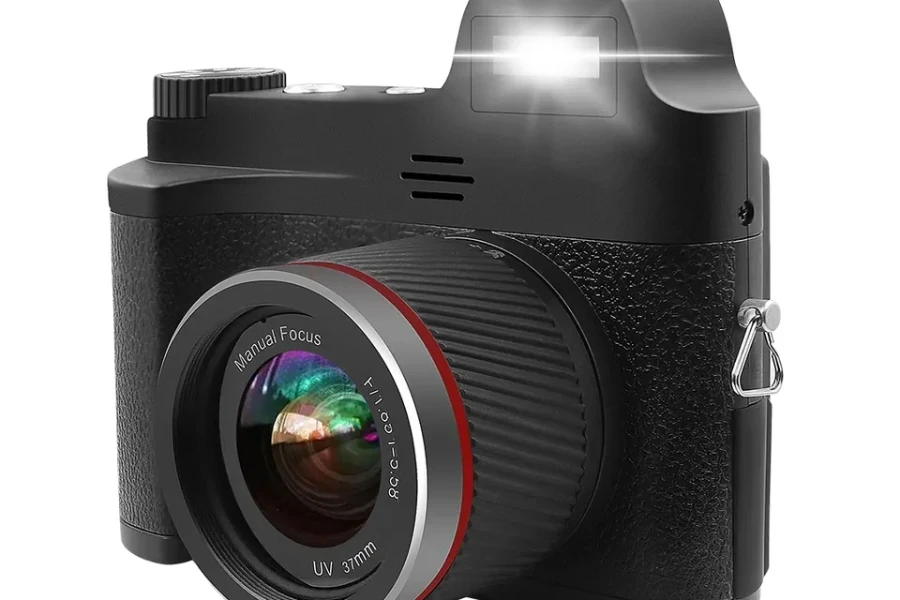
Digital single-lens reflex, or DSLR cameras, are typically used for shooting professional-grade videos thanks to their unique blend of technology. A DSLR camera uses a mirror and prism system, showing the user exactly what the lens sees, allowing precise and intuitive image framing.
DSLR cameras offer added versatility through their ability to be paired with a wide array of interchangeable lenses, presenting the freedom to finely tune camera settings and effects for each shot. The power of DSLR 4K cameras does not lie in resolution alone; they also stand out for their exceptional low-light performance.
These cameras come equipped with larger sensors and superior image processors, allowing users to capture stunningly clear visuals. An example of such technology is seen in the handheld 48M digital camera, a DSLR option underlined by its 18x digital zoom, 48 megapixels (MP) of detail, and power via a 1,500 mAH lithium battery for longevity, all neatly wrapped up in a retro pattern design.
Mirrorless cameras
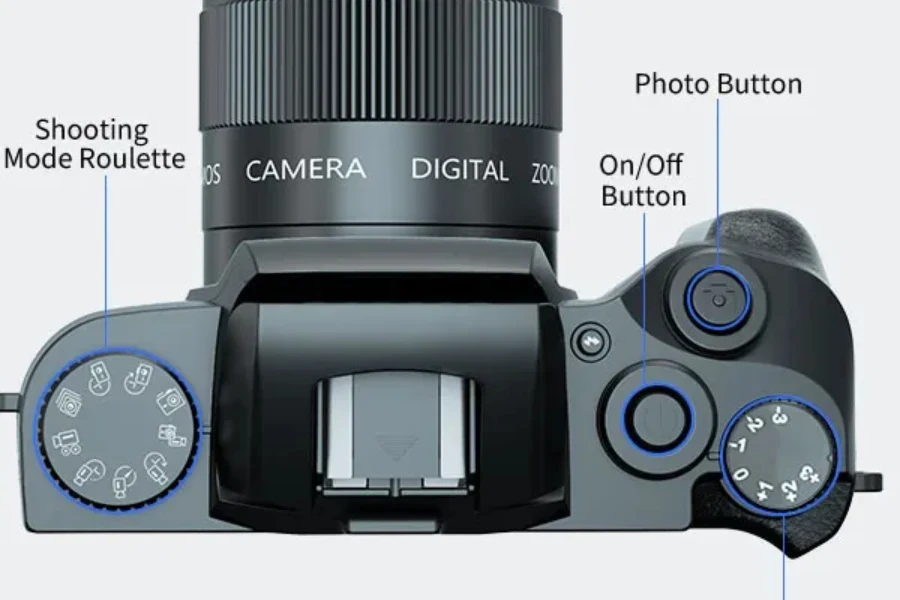
Mirrorless cameras, known for their compact design and lightweight nature, are a popular choice for on-the-go photography or videography. Leveraging smaller sensor technologies, typically APS-C or DX, these video cameras offer the distinct advantage of being less cumbersome while delivering exceptional image quality.
One standout feature is their fast and precise autofocus systems, powered by phase detection AF technology, that flawlessly capture fast-moving subjects. Furthermore, these digital cameras come with the flexibility of interchangeable lenses, enabling photographers to switch between wide-angle landscape shots and close-up portraits effortlessly.
A great example of a high-performing mirrorless camera is the dual mirrorless 64MP digital camera. This advanced video camera has a built-in 4-inch touchscreen for easy-to-use controls and a WiFi connection to allow for the immediate sharing of captured moments.
Another noteworthy feature is its timelapse recording function which allows for the capture of stunning sequences over a span of time. Users can even change the focus in live view mode – a feature especially useful for vloggers and filmmakers striving for perfect frames.
PTZ cameras
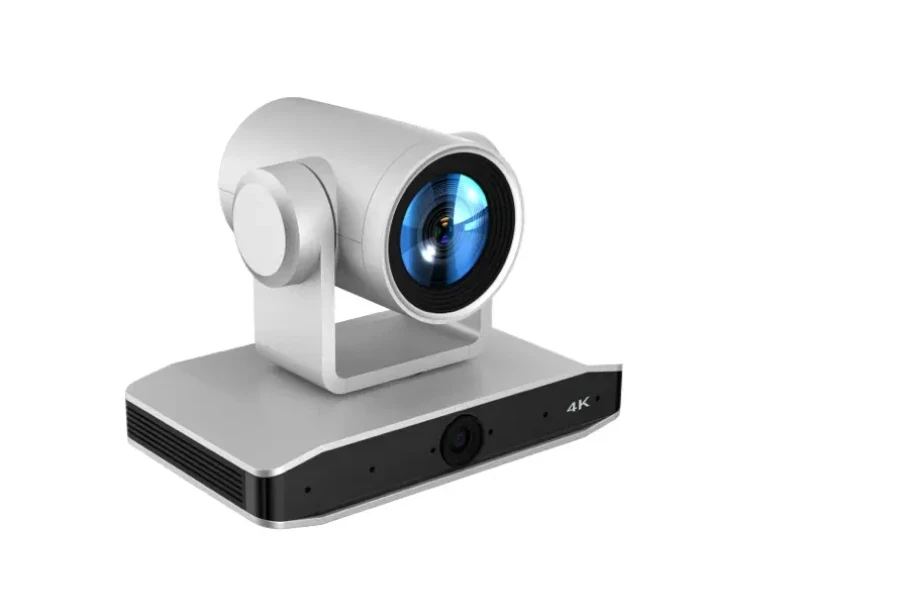
PTZ cameras, short for Pan-Tilt-Zoom, are versatile 4K digital cameras designed to provide detailed surveillance in various situations. They can zoom in on a single person or pan across a large crowd, offering up to 60 frames per second (fps) for smooth visuals.
PTZ cameras often come equipped with features such as built-in auto-tracking, allowing them to automatically follow subjects without manual intervention. These high-performance cameras work efficiently in low-light conditions, with some models, like the 36x Optical PTZ 4K camera, offering starlight night vision mode and infrared technology to see in pitch blackness.
As potential security cameras, PTZ cameras come with video recording capabilities that are enhanced by sophisticated motion detection systems. For example, the Hetrolink 4K digital camera is designed with intelligent facial recognition algorithms and employs voice tracking technology. Thanks to its six built-in omnidirectional microphone arrays, it can precisely pinpoint a speaker’s position in real-time.
4K drones

4K drones offer high-quality video recording, making them an excellent tool for capturing stunning footage. Models equipped with advanced sensors like one-inch CMOS sensors can capture up to 12.6 stops of dynamic range and provide slow-motion videos at 4K 60fps.
Drones like the C-fly professional mini drone feature a three-axis gimbal and autopilot functionality, allowing for image stabilization even in windy conditions or when moving fast. The optical flow positioning of this mini drone, together with a control range of up to 3,000 meters and strong anti-interference, enables precise shooting even in challenging environments.
Moreover, the folding design makes these drones an excellent companion for outdoor shoots and travel enthusiasts. Some 4K drone models, such as the XT2 dual 4K drone, come equipped with thermal dual sensors, providing added functionality with temperature assessment capabilities.
This feature not only allows for impressive visual footage but also offers valuable data analysis through machine intelligence. By overlaying visual images with thermal data streams, users can quickly interpret critical information for applications in security, agriculture, and environmental monitoring.
Conclusion
In conclusion, to get the most out of a 4K video camera, you need more than just impressive specs – you need to select the right model for the required videographyvideography’s style and purpose. Business buyers should opt for 4K digital cameras with larger sensors and interchangeable lenses, as this makes them more adaptable to various shot compositions. Furthermore, it is important to ensure that the chosen 4K camera has sufficient storage space to fully accommodate 4K video recording.
Visit Alibaba.com today to check a full selection of 4K video cameras, and don’t forget to look at sample videos to get a realistic grasp of what the footage from the 4K camera might be like!
